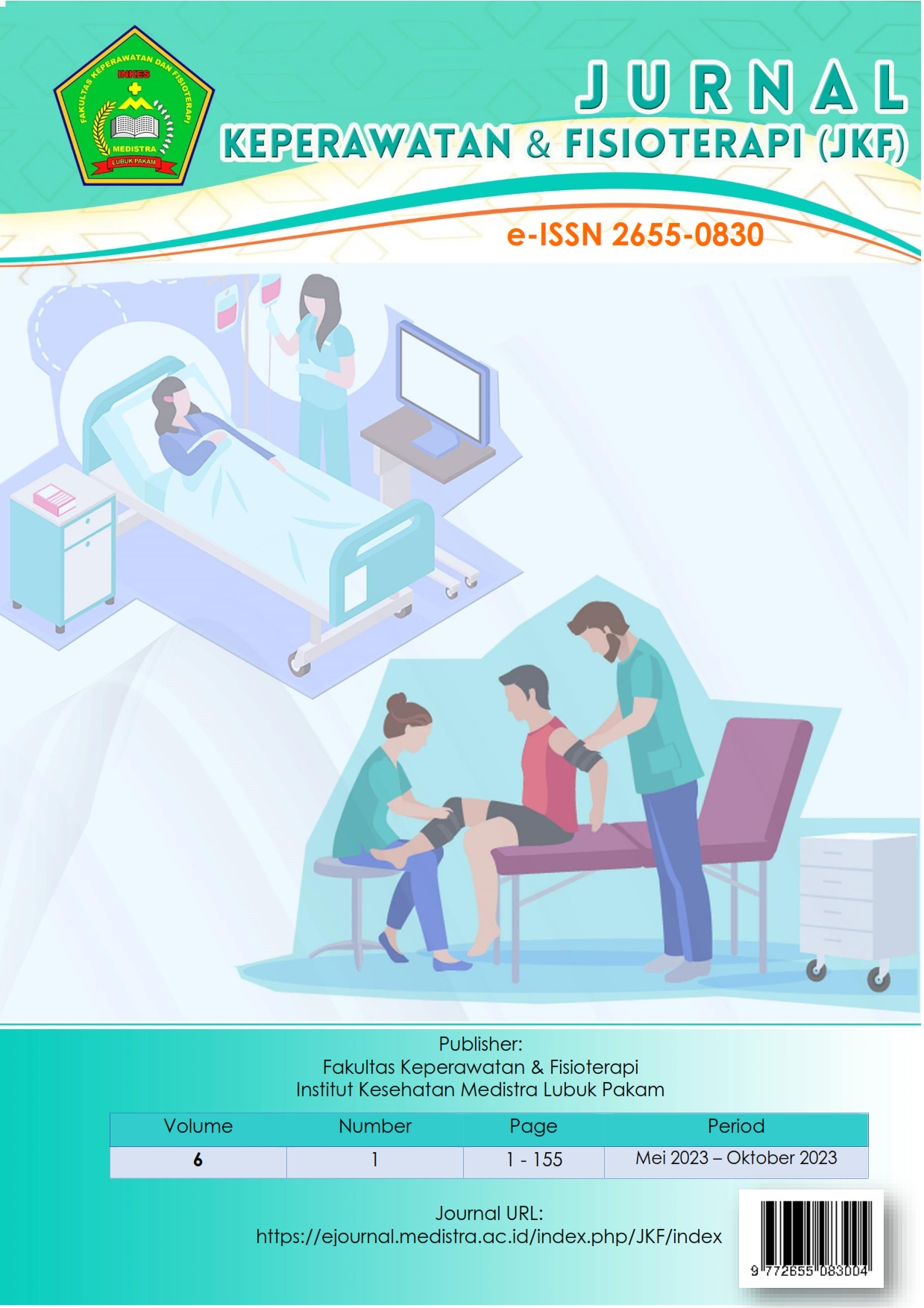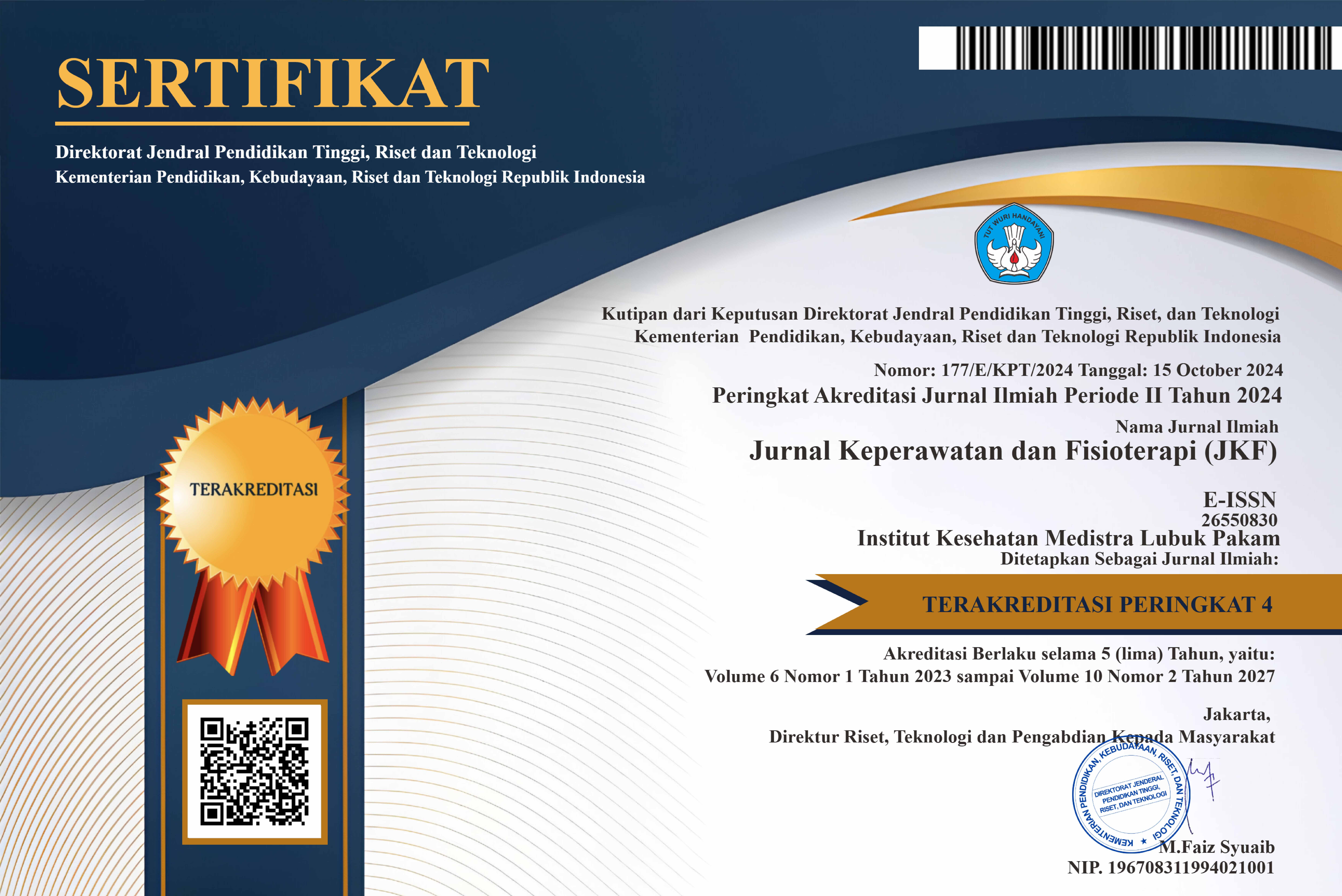EFFECTIVENESS OF RAPID RESPONSE TEAM PROTOCOL IN HANDLING EMERGENCIES OF PATIENTS WITH CATASTROPIC DISEASES
DOI:
https://doi.org/10.35451/jkf.v6i1.2497Keywords:
Rapid Response Team, Emergency CareAbstract
Catastrophic diseases such as myocardial infarction, stroke, and acute respiratory failure require immediate medical intervention. Delayed response in emergency situations significantly increases patient mortality and morbidity. The Rapid Response Team (RRT) protocol is implemented to ensure prompt and efficient emergency interventions in hospital settings. This study aims to evaluate the effectiveness of the RRT protocol in managing emergency conditions among patients with catastrophic diseases by analyzing response time, intervention success rates, and patient outcomes. This observational study utilized a quantitative approach, collecting retrospective data from medical records over the past year. Univariate analysis was conducted to assess demographic characteristics and clinical profiles, while bivariate analysis was used to compare patient outcomes before and after RRT intervention. Univariate analysis revealed that 65% of the patients were over 60 years old, with cardiovascular diseases being the most common condition. The average RRT response time was 5.2 minutes, a significant reduction from 12.8 minutes prior to protocol implementation. Bivariate analysis showed a statistically significant correlation (p < 0.05) between RRT intervention and patient stabilization rates, with a 40% reduction in mortality compared to non-intervention cases. Further subgroup analysis indicated that patients with multiple comorbidities benefited most from early RRT intervention, with stabilization rates improving by 55%. Despite these positive outcomes, challenges such as personnel shortages and interdepartmental coordination remain obstacles to optimal RRT performance. Addressing these issues through staff training, increased resource allocation, and improved communication strategies could further enhance the effectiveness of RRT. The RRT protocol significantly improves response times and patient stabilization rates, ultimately reducing mortality among patients with catastrophic diseases. Future research should focus on refining intervention strategies, addressing implementation challenges, and analyzing long-term patient outcomes to enhance RRT efficiency.
Downloads
References
Smith, J. L., & Brown, P. R. (2021). The impact of early warning scores on emergency care outcomes: A systematic review. Journal of Emergency Nursing, 47(2), 122-131. https://doi.org/10.1016/j.jen.2021.02.012.
Miller, A. K., & Thompson, H. (2022). Doctor-nurse collaboration in emergency departments: A critical review of effective teamwork strategies. Journal of Clinical Nursing, 31(3), 410-417. https://doi.org/10.1111/jocn.15956
Ward, C. L., & Tan, H. S. (2023). Early warning systems and their role in early detection of critical patients in emergency settings. Critical Care Medicine, 51(5), 874-880. https://doi.org/10.1097/CCM.0000000000005086
Hunter, P. W., & Davidson, K. (2020). Workload and communication challenges in emergency care teams: A case study from a regional hospital. Healthcare Management Review, 45(4), 242-248. https://doi.org/10.1097/HMR.0000000000000212
Tan, R. G., & Lee, M. Y. (2019). Assessing the effectiveness of early warning score implementation in primary healthcare centers: A cross-sectional study. International Journal of Healthcare, 16(1), 56-62. https://doi.org/10.1016/j.ijh.2018.09.007.
Downloads
Published
Issue
Section
License
Copyright (c) 2025 Nur Afni Herynati Octavia

This work is licensed under a Creative Commons Attribution 4.0 International License.
Copyright in each article is the property of the Author.


























